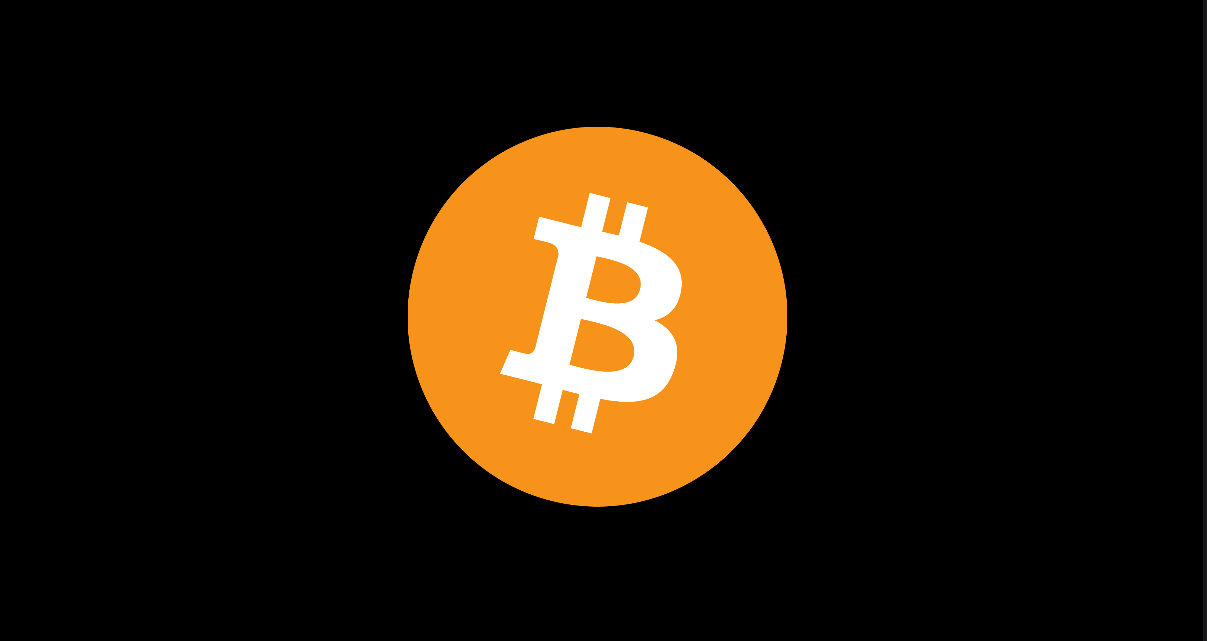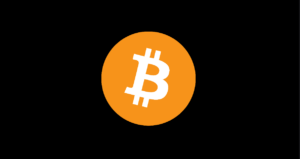Is Bitcoin’s Collapse a Sign of the S&P 500’s Growth Coming to an End?
The recent decline in Bitcoin prices has sparked concerns among analysts at Stifel, who suggest a potential summer correction in the US stock market. As Bitcoin struggles to reclaim its March peak levels, experts are pondering the repercussions for the S&P 500, a significant indicator of the US economy’s health.
Barry Bannister, Stifel’s chief equity strategist, has drawn attention to the notable correlation between Bitcoin and the Nasdaq 100 since 2020. This connection is attributed to Bitcoin being viewed more as a speculative asset rather than a digital version of gold.
Stifel’s analysis points to a historical trend where the S&P 500 tends to plateau in the six months following Bitcoin’s peaks. This pattern, observed multiple times in the past, hints at a potential downturn in the US stock market index. The divergence between Bitcoin’s weakening performance and the continued upward trajectory of stock markets, primarily fueled by tech giants, could signal a shift in trends.
Bitcoin, trading around $66,012 recently, has experienced a drop of over 10% from its all-time high of $73,462.59 recorded on March 13, 2024. The sustained weakness in Bitcoin prices has caught the attention of observers, especially as the stock market continues to hit new highs.
Stifel analysts emphasize the critical role of the US Federal Reserve’s monetary policy. The Fed’s accommodative stance since 2011 has significantly contributed to Bitcoin’s bull markets. However, the prospect of persistent inflation may prompt the central bank to adopt a less favorable approach, potentially exposing the overvaluation of the S&P 500.
In this context, large-cap technology stocks like Nvidia could be particularly vulnerable. Stifel anticipates a potential correction in the third quarter, raising questions about the dominance of these stocks in this year’s market gains.
Despite the cautionary signals, Stifel strategists do not discount the possibility of a short-term continuation of the upward trend. They mention the likelihood of investors entering a “bubble mode,” reminiscent of past speculative episodes.




